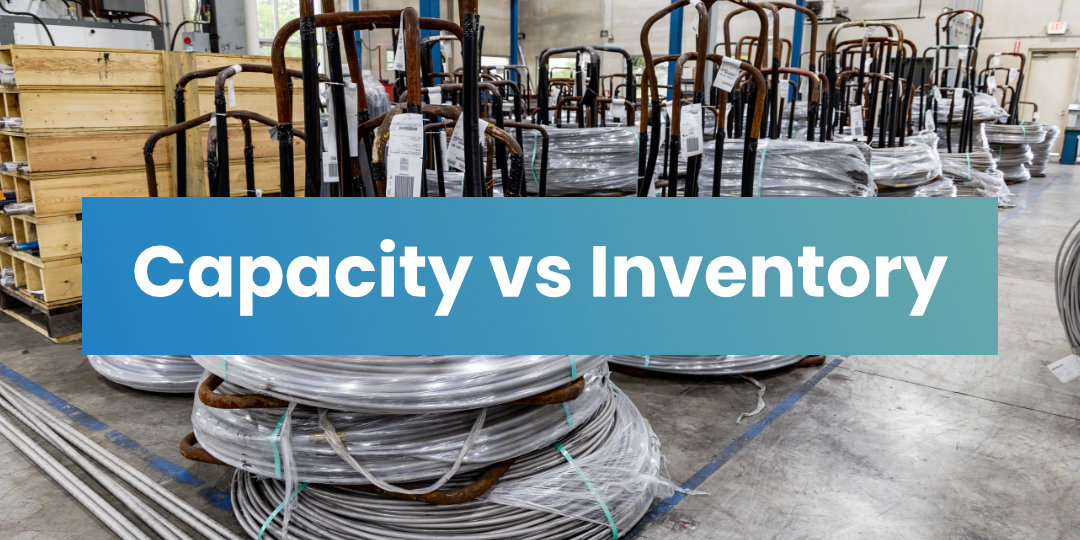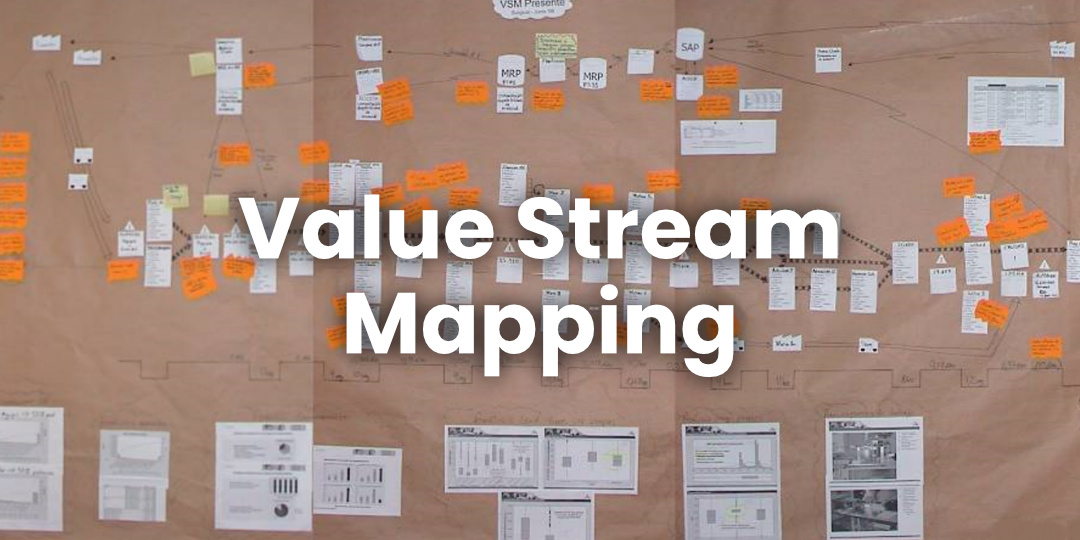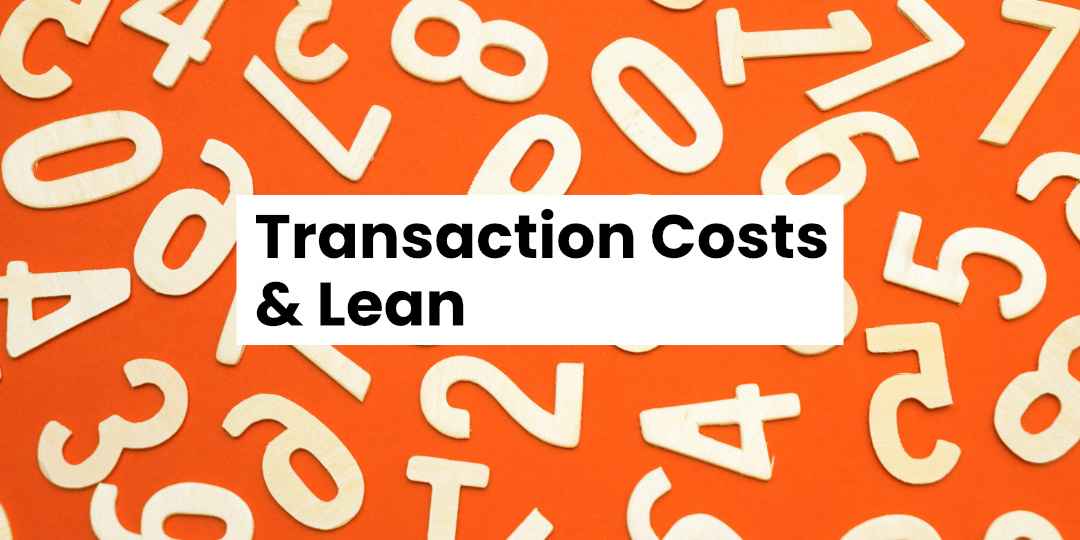You’ll sometimes hear inventory referred to as “crystallized capacity,” the idea being that when you have limited capacity, building inventory is a solution that helps you meet customer demand. The typical example is a seasonal business, like a manufacturer of skiing equipment.
It would be difficult and expensive to build up the capacity required for the business to meet its seasonal demand peak. Instead, it’s much better to set the plant’s capacity to a leveled production that meets the demand averaged over a full year.
At least, that’s the established theory. Let’s dig a bit deeper to see if this stands up to scrutiny.
In this article, you’ll learn the established ideas around capacity and inventory. Then we’ll explore emerging approaches that are changing the equation.
Capacity vs Inventory: The Established Approach
The accepted wisdom is that there’s a kind of equivalency between inventory and capacity, which would allow us to solve the equation for lowest total cost. Most supply chain professionals accept this as a fundamental, as if it is the E=mc2 of operations.
It looks something like this:
- The annual cost of inventory is the [value of the average inventory] multiplied by the [annual holding cost %] times the [number of days the goods are held in inventory] divided by 365. For example, if you produce an extra 10,000 units every month between June and October for a peak season that lasts between November and March, where demand exceeds production by 10,000 units every month, then the average inventory is 25,000 units over 5 months. If each unit is valued at $100, and the carrying cost is 25%, this inventory costs us $2,500,000*0.25*(5/12) = $260,417 per year
- The cost of adding capacity to be able to meet peak demand is the amortization of the investment (not just the purchase price but also installation costs) over the expected productive life of the equipment (let’s say $5M over 10 years = $500,000 per year)
The conclusion from this analysis is that building up inventory seasonally is a no-brainer. By this math, the cost of carrying inventory was about half the cost of adding capacity.
There is a problem with this thinking, though, and it is this: capacity is about what you can produce, but inventory is about what you have produced. There’s a big difference!
Below, we will mathematically show why capacity is much more valuable than inventory.
In short, capacity has all the flexibility that inventory lacks. Inventory not only has a much higher carrying cost than most businesses realize (at least 20% per year and more likely near 30%), it’s also extremely rigid. With inventory, it’s always the product you don’t have that the customer wants. That never happens with capacity.
Why Flexible Capacity is a Better Solution
The Cost of Rigidity
If you want to get a full picture of the tradeoff, you need to calculate the cost of the rigidity inherent to inventory. One way to do that is to say that since rigidity hurts us when your forecasts are wrong, you should start with your forecasting accuracy.
If you build your inventory ahead of the season, you have to make choices about what will sell or not. The forecasts will always be incorrect—the question is, by how much? A good forecast is given with an error range, and this can help calculate two additional costs of making to stock: the cost of overestimating demand (and ending up with unsold—or even obsolete—inventory) and the cost of underestimating demand, which is even worse, because it’s the cost of lost sales. Even if your aggregate forecast was on target, another principle of forecasting is that aggregate forecasts are always more accurate than product-level forecasts, so the cost of overproducing one type of product adds up with the cost of not making enough of another type.
Let’s imagine that your production of 50,000 units for inventory is based on a forecast (for 50,000 units beyond your spot capacity) that has a standard deviation of 5,000. You can calculate the expected cost of unsold inventory (due to actual demand being less than forecast) by multiplying the probability density function of your forecast by the linear inventory cost function.
To make a simplified example, assuming the unsold inventory is $1M (corresponding to a forecasting error of 20%), this will cost $1M*0.25*(17/12) = $354,167 because you have to wait an entire year on top of the usual five months to hope to sell. The costs of adding capacity are now lower than those of using inventory.
For the case where the forecast was too low, the cost of lost sales is even higher. So when you add these costs, you get a higher cost for the make-to-stock (MTS) model.
The reason businesses go for inventory over capacity is that capacity has its own kind of rigidity: it’s hard to build up and even harder to build down. If you don’t have the demand, that extra capacity is going to be very painful!
In other words, investing in capacity is also a forecast and thus subject to errors. Buying machines that you don’t use is very bad, obviously. So, what do we do, then? Should we give up on the whole notion of finding a rational solution to this problem?
Certainly not!
The Power of Flexibility
The emergence of digital marketplaces is a gamechanger whose impact on industry has not yet been fully assessed. A good way to think about it is to look at how Airbnb and others like it changed tourism. Suddenly, private homeowners were able to monetize their most valuable asset and vacationers were able to create a different experience: access to a more private lodging, with more choice of locations, at a lower cost.
Now, think of an Airbnb for production equipment: if you manage a factory even in a non-seasonal business, many of your assets are sitting idle right now. What if you could “rent out” a piece of equipment until such time as your schedule indicates you need it again? This is the essence of why Veryable is making such an impact: digital marketplaces enable frictionless scaling of capacity in every area. Veryable provides on-demand labor, which is a big piece of the puzzle, and on-demand machines won’t be far behind!
Businesses need to learn how to operate in the on-demand and distributed economy in order to take full advantage of this new paradigm. The role of Veryable’s Lean CoE is to help you on this journey.




-1.png)

